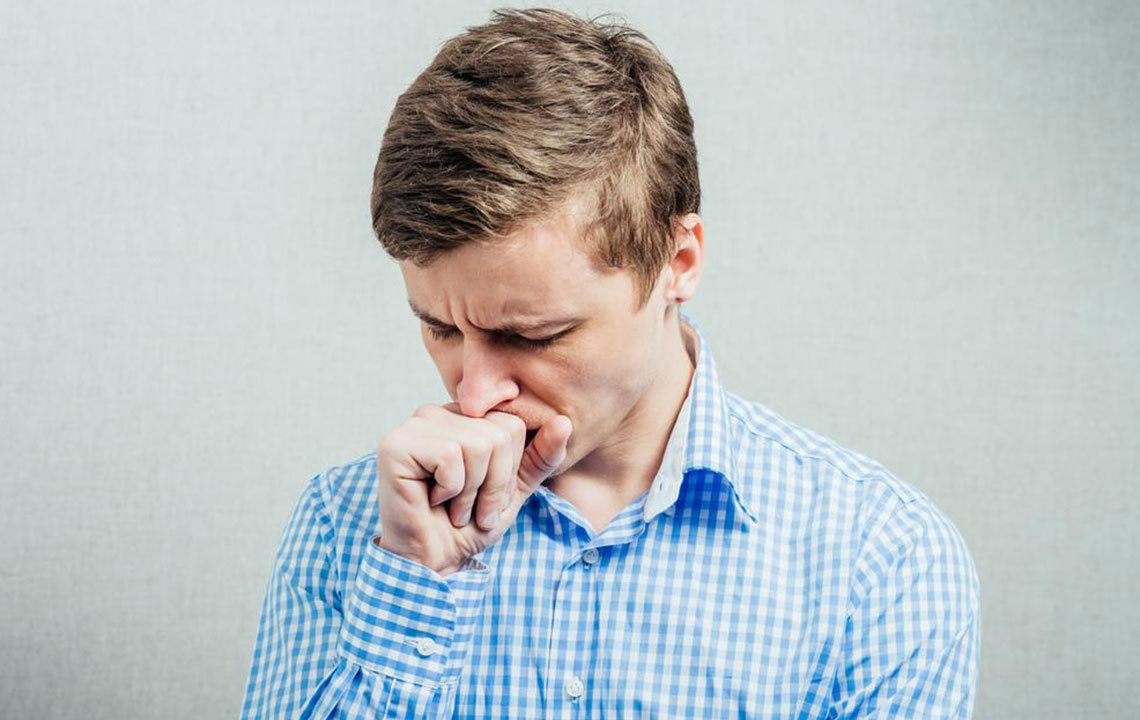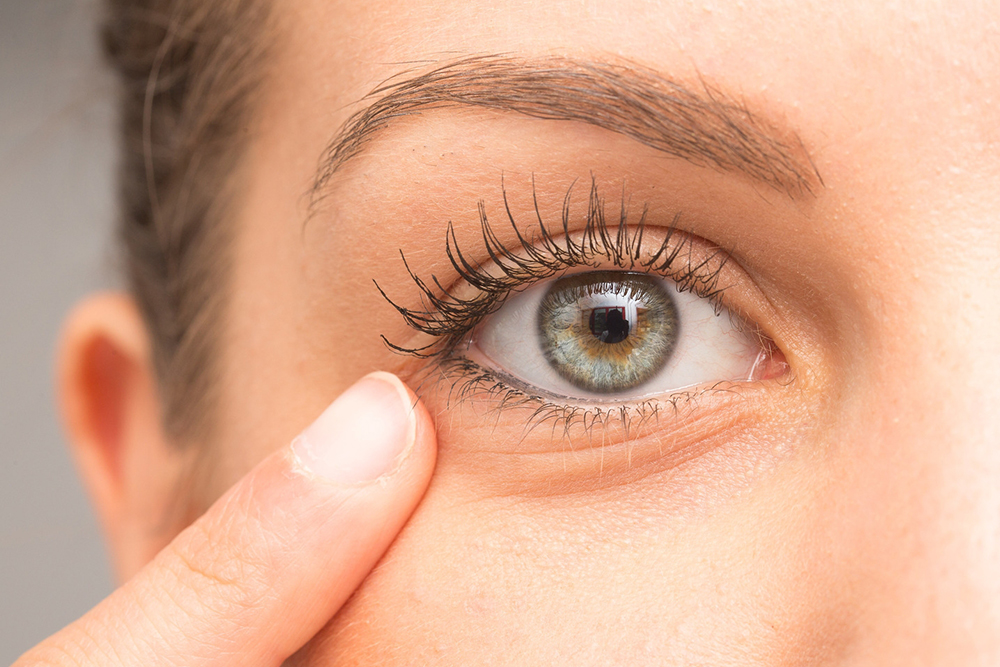Comprehensive Guide to Nosebleeds: Causes, Prevention, and Treatment Strategies
This comprehensive guide explores the causes, types, and treatments for nosebleeds, providing practical insights to manage and prevent bleeding episodes effectively. Learn when to seek medical help and how basic first aid can control most nosebleeds, whether they are minor or severe health concerns.

Comprehensive Guide to Nosebleeds: Causes, Prevention, and Treatment Strategies
Nosebleeds, medically known as epistaxis, are a common health concern experienced by people of all ages. While they are often harmless and resolve on their own, frequent or severe episodes can be alarming and sometimes indicate underlying health issues. The nose’s rich network of delicate blood vessels makes it vulnerable to bleeding triggered by various factors. Understanding the different types, causes, and effective remedies for nosebleeds is essential for managing this condition efficiently and preventing unnecessary distress.
Understanding Different Types of Nosebleeds
Nosebleeds are primarily categorized into two main types based on the source of bleeding:
Anterior Nosebleeds: The most common type, accounting for about 90% of cases. These occur when blood vessels located at the front of the nasal septum, particularly Kiesselbach’s plexus, rupture. Anterior nosebleeds are usually bright red and can often be managed at home with simple first aid measures. They tend to bleed for a short duration and are less severe.
Posterior Nosebleeds: Less common but more serious, involving bleeding from deeper vessels at the back of the nose, typically originating from the sphenopalatine arteries. These bleeding episodes are usually darker in color and may flow down the throat or out of the nose. Posterior nosebleeds are more common among older adults and those with underlying health conditions, often requiring medical attention promptly.
Nosebleeds can be triggered by a multitude of factors. Among the most common causes is exposure to dry air, which leads to nasal membranes drying out and cracking, especially in environments heated by central heating or air conditioning. This dryness reduces the protective barrier inside the nose, making blood vessels more susceptible to rupture. Other prevalent triggers include:
Foreign objects inserted into the nostrils, especially in children.
Cold weather or sudden temperature changes.
Environmental irritants like smoke, strong fumes, or pollutants.
Allergic reactions causing nasal congestion and irritation.
Physical trauma to the face or nasal area, including sports injuries.
Repeated nose-picking or vigorous nose blowing.
Upper respiratory infections that inflame nasal tissues.
Use of certain medications, particularly blood thinners like aspirin or NSAIDs, which impair clotting.
Less common but critical causes include systemic health issues such as high blood pressure (hypertension), which can increase the likelihood of vessel rupture. In rare cases, nosebleeds may be linked to nasal or systemic cancers, bleeding disorders like hemophilia, or clotting abnormalities. Understanding these underlying factors is important for diagnosing persistent or recurrent nosebleeds.
Most nosebleeds will resolve spontaneously or with basic first aid. Nonetheless, medical intervention should be sought if bleeding persists beyond 20 minutes despite applying pressure, occurs following a significant injury like a car accident, or if there are signs of internal bleeding or facial fractures.
Effective Techniques to Stop a Nosebleed
Remain calm and sit upright to reduce blood pressure in the nose and prevent blood from flowing down the throat, which could cause nausea or vomiting.
Gently pinch the soft part of your nose just above the nostrils using your thumb and index finger. Maintain consistent pressure for at least 10 minutes without releasing to check if bleeding has stopped.
Lean forward slightly to ensure blood drains out of your nostrils and does not flow back into your throat, which can cause choking or nausea.
Apply an ice pack or cold compress to the bridge of your nose. The cold helps constrict blood vessels and reduces bleeding.
Avoid lying flat or tilting your head back during a nosebleed, as this can increase bleeding or cause blood to be swallowed.
Once bleeding stops, avoid strenuous activity or blowing your nose for several hours to prevent re-bleeding.
In cases where bleeding persists or recurs frequently, medical evaluation is necessary. Treatment options may include cauterization, nasal packing, or addressing underlying health conditions.
Understanding the causes, types, and remedies of nosebleeds can significantly alleviate anxiety and promote effective management. Whether it’s a mild anterior nosebleed caused by dry air or a more serious posterior bleed related to health conditions, knowing how to respond promptly and appropriately ensures safety and minimizes complications. Always consult healthcare professionals if you are unsure or if nosebleeds are frequent or severe, to rule out underlying health issues and receive tailored treatment plans.





